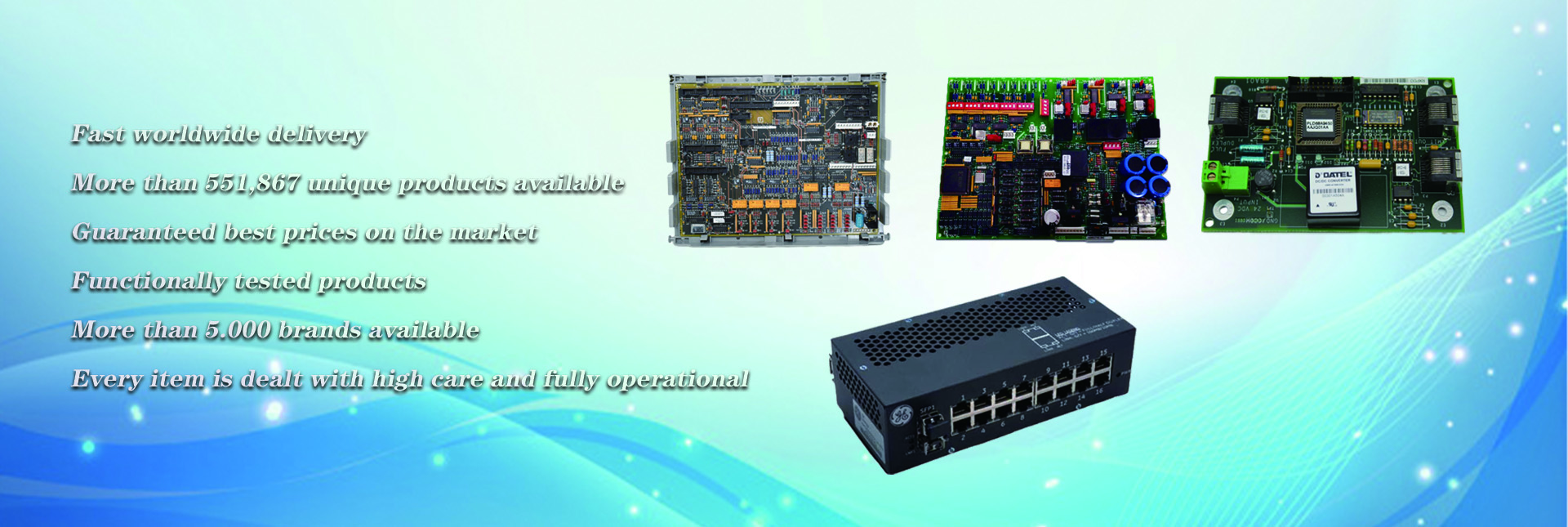1.Output mode selection
(1) relay output: the advantage is that different common points can be brought between different AC and DC loads, and the voltage can also be different, with load current up to 2A / point; but the relay output mode is not suitable for high-frequency action of the load, which is determined by the life of the relay (2) thyristor output: with a load capacity of 0.2A / point, only with AC load, can adapt to high-frequency action, the response time of 1ms. (3) transistor output: the biggest advantage is to adapt to high frequency action, short response time, generally about 0.2ms, but it can only take DC5-30V load, the maximum output load current is 0.5A/point, but every 4 points shall not be greater than 0.8A.
When your system output frequency is 6 times per minute or less, relay output should be preferred because of its simple circuit design and strong anti-interference and load carrying capability. When the frequency is 10 times / min or less, both the relay output method and PLC output can be used to drive the Darlington triode (5-10A), and then drive the load.
2, anti-interference and external interlock
When the PLC output with inductive loads, load power failure will cause inrush current impact on the output of the PLC, for this reason, the DC inductive load should be connected next to the current-continuing diode, the AC inductive load should be connected to the surge absorption circuit, which can effectively protect the PLC. when the output of two physical quantities in the PLC internal software interlock, the external PLC should also be interlocked to strengthen the system. reliability.
3, the choice of COM points
Different PLC products, the number of “COM” points is not the same, some “COM” points with 8 output points, some with 4 output points, there are 2 or 1 output points. When the type of load, and the current is large, the use of a “COM” point with 1-2 output points of PLC products; when the number of loads and types of less, the use of a “COM” point.
Post time: Dec-16-2022


